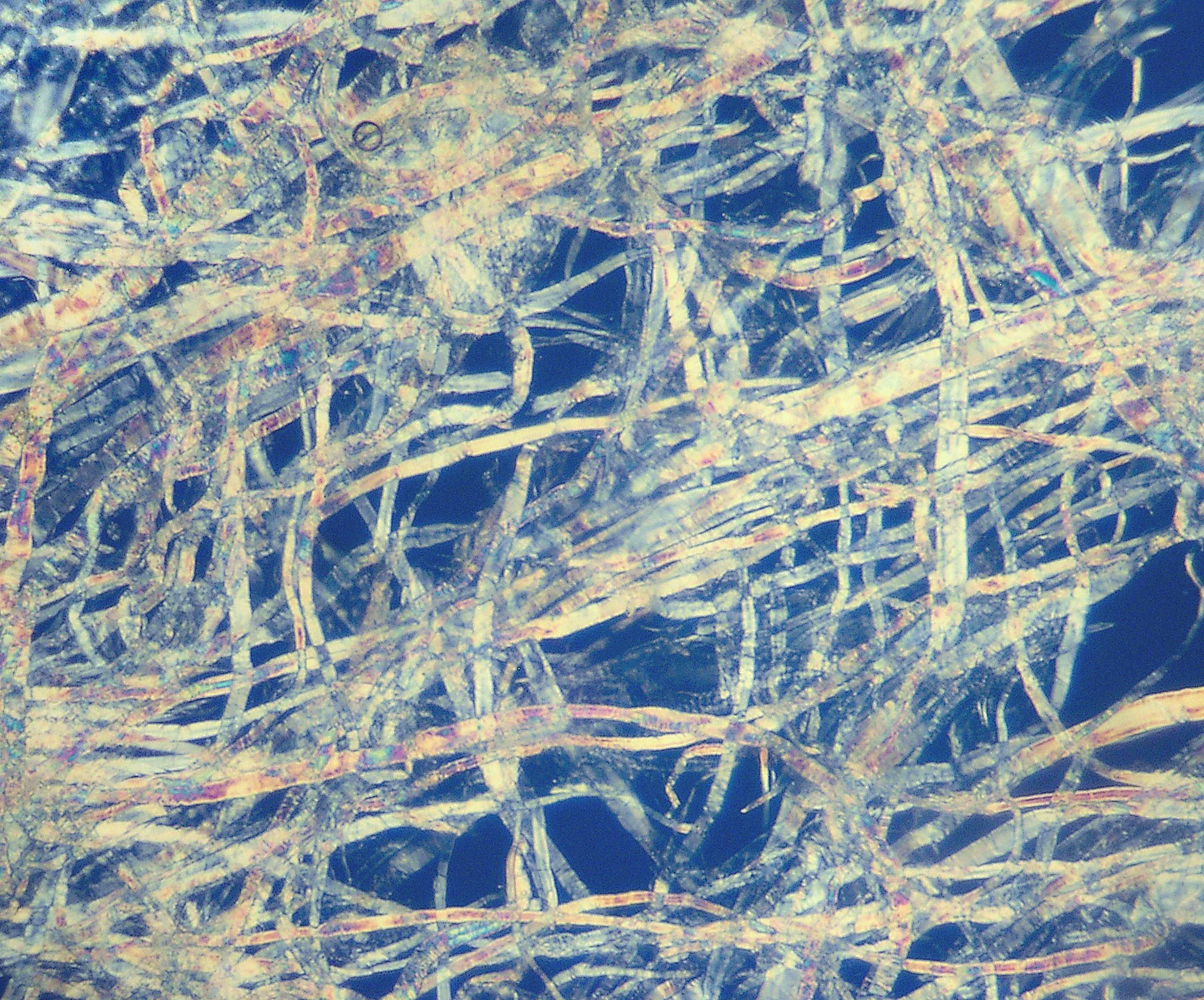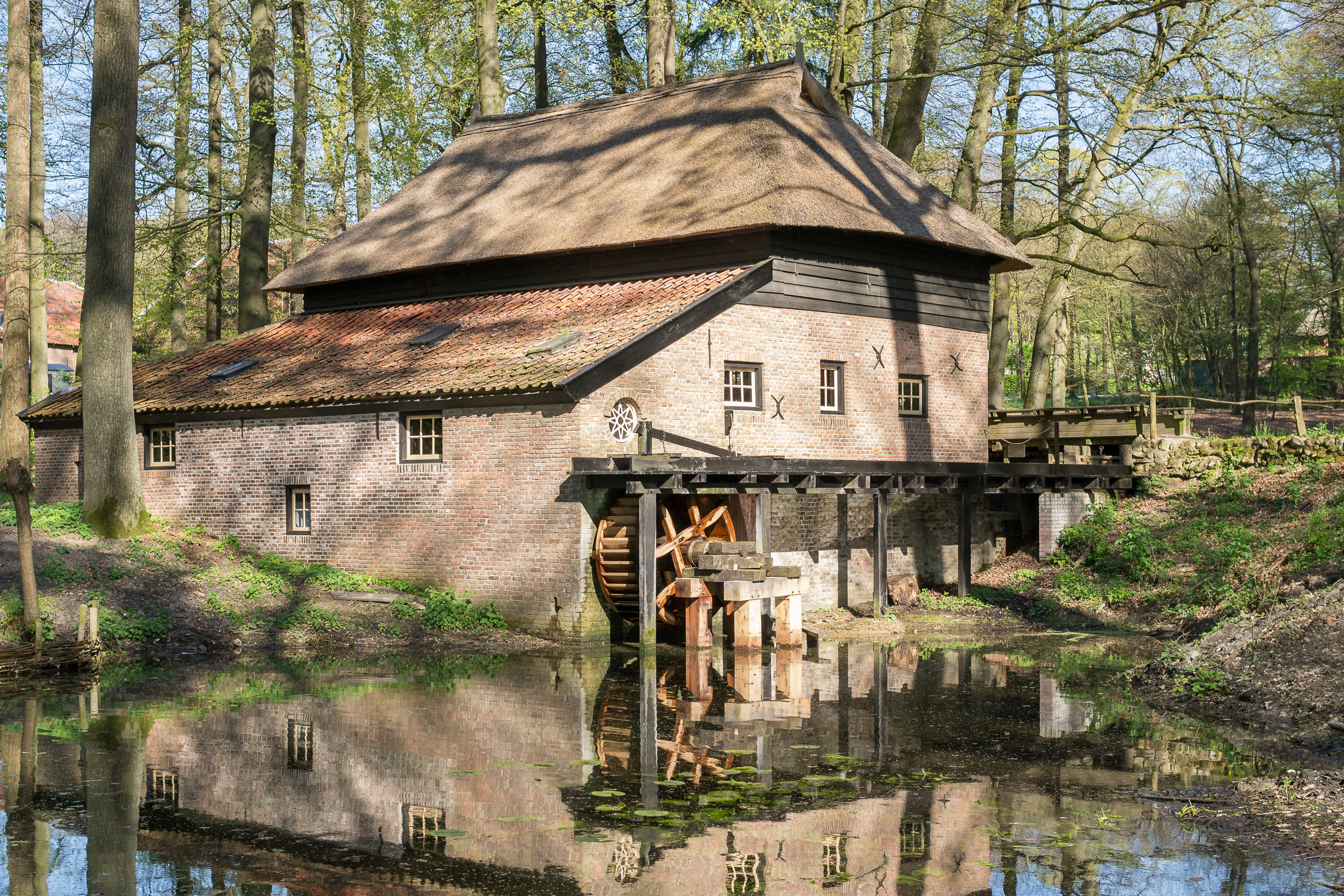|
Braviken Paper Mill
Braviken Paper Mill (or simply Braviken) is a paper mill located outside Bråviken, Norrköping, in Sweden. It is owned by Holmen Paper, which in turn is a subsidiary of Holmen. Since the name is derived from the location, Bråviken, and since the name of the paper mill was to be internationally read and spoken, the ring diacritic above the ''a'' was dropped. The current mill manager is Fredrik Hålgersson. Introduction Braviken mainly produces magazine, book and newsprint paper, both white and colored. Three paper machines are located at the mill: * PM51, the oldest one, was built 1977 and production ended September 14, 2013. Produced mainly directory paper in different colors (white, yellow and pink). The width of the rolls leaving the paper machine was 8.50m. Produced 200.000 tons of paper per year. * PM52, built in 1986. Produces newsprint and book paper. Colors of the paper produced are white and what is referred to as baby pink, which is, as the name suggests, a var ... [...More Info...] [...Related Items...] OR: [Wikipedia] [Google] [Baidu] |
Magazine Paper
Magazine papers are paper grades generally used in printing of magazines. Manufacture Magazine papers are made on paper machines from pulp. The pulp may be recycled, mechanical or chemical depending on the magazine quality. Publishers select the type of paper that not only meets their customers' requirements, but also works well in their machinery. Paper grades Different paper grades are used in magazines: * Machine finished specialties (MFS) is a special newsprint grade that is heavier, bulkier and brighter. * Supercalendered papers are often used in rotogravure. These are uncoated and based on mechanical pulp. * Coated mechanical paper are classified depending on the coating weight. Normally higher coating weight gives higher paper quality. * Machine finished coated papers are high gloss papers based on mechanical pulp. * Offset paper is an uncoated paper based on chemical pulp suitable for offset printing. * Standard coated fine papers are often used for offset printing. * Wo ... [...More Info...] [...Related Items...] OR: [Wikipedia] [Google] [Baidu] |
Thermo Mechanical Pulp
Pulp is a lignocellulosic fibrous material prepared by chemically or mechanically separating cellulose fibers from wood, fiber crops, waste paper, or rags. Mixed with water and other chemical or plant-based additives, pulp is the major raw material used in papermaking and the industrial production of other paper products. History Before the widely acknowledged invention of papermaking by Cai Lun in China around 105 AD, paper-like writing materials such as papyrus and amate were produced by ancient civilizations using plant materials which were largely unprocessed. Strips of bark or bast material were woven together, beaten into rough sheets, dried, and polished by hand. Pulp used in modern and traditional papermaking is distinguished by the process which produces a finer, more regular slurry of cellulose fibers which are pulled out of solution by a screen and dried to form sheets or rolls. The earliest paper produced in China consisted of bast fibers from the paper mulber ... [...More Info...] [...Related Items...] OR: [Wikipedia] [Google] [Baidu] |
MoDo AB
Modo may refer to: Places * Modo, Lamongan, a district in East Java, Indonesia * Modo, Ongjin County, Incheon, South Korea * Modo, Jindo County, South Jeolla, South Korea Other uses * MoDo, Mo och Domsjö AB, a Swedish industrial corporation (now merged with Holmen) * Modo Hockey, a Swedish ice hockey club * MODO, '' Magic: The Gathering Online'', an online version of the collectible card game ''Magic: The Gathering'' * MODO, the Museo del Objeto del Objeto is a design and communications museum in Mexico City founded it 2010 * modo (software), a polygon, subdivision surface, modeling and rendering package developed by Luxology, LLC * Modo (wireless device), a wireless device developed by Scout electromedia * Modo (car co-op), a carsharing co-op in Vancouver, BC, Canada * Modo, a minor character in the '' Discworld'' novels * Mo-Do (1966–2013), Italian Eurodance musician best known for the song "Eins, zwei, Polizei" * Maureen Dowd (born 1952), ''New York Times'' columnist ... [...More Info...] [...Related Items...] OR: [Wikipedia] [Google] [Baidu] |
Magazine Paper
Magazine papers are paper grades generally used in printing of magazines. Manufacture Magazine papers are made on paper machines from pulp. The pulp may be recycled, mechanical or chemical depending on the magazine quality. Publishers select the type of paper that not only meets their customers' requirements, but also works well in their machinery. Paper grades Different paper grades are used in magazines: * Machine finished specialties (MFS) is a special newsprint grade that is heavier, bulkier and brighter. * Supercalendered papers are often used in rotogravure. These are uncoated and based on mechanical pulp. * Coated mechanical paper are classified depending on the coating weight. Normally higher coating weight gives higher paper quality. * Machine finished coated papers are high gloss papers based on mechanical pulp. * Offset paper is an uncoated paper based on chemical pulp suitable for offset printing. * Standard coated fine papers are often used for offset printing. * Wo ... [...More Info...] [...Related Items...] OR: [Wikipedia] [Google] [Baidu] |
Sportbladet
''Sportbladet'' is a Swedish newspaper about sport, mainly Swedish sport. It is distributed together with ''Aftonbladet''. The color of the newspaper is a variant of pink, often referred to as "baby pink". Braviken Paper Mill, Sweden is one of the producers of the paper used. Famous columnists include Simon Bank, Lars Anrell, Erik Niva and Lasse Sandlin Lasse is a common masculine given name in Nordic countries. It is also often a nickname for people named Lars or Lauri. People Notable people named Lasse include: *Lasse Aasland (1926–2001), Norwegian politician *Lasse Åberg (born 1940), Swe .... References External linksOfficial website 2000 establishments in Sweden Newspapers published in Stockholm Sports mass media in Sweden Newspapers established in 2000 Sports newspapers Newspaper supplements Swedish-language newspapers {{sweden-sport-stub ... [...More Info...] [...Related Items...] OR: [Wikipedia] [Google] [Baidu] |
Book Paper
A book paper (or publishing paper) is a paper that is designed specifically for the publication of printed books. Traditionally, book papers are off-white or low-white papers (easier to read), are opaque to minimise the show-through of text from one side of the page to the other, and are (usually) made to tighter caliper or thickness specifications, particularly for case-bound books. Typically, books papers are light-weight papers 60 to 90 g/m2 and often specified by their caliper/substance ratios (volume basis). For example, a bulky 80 g/m2 paper may have a caliper of 120 micrometres (0.12 mm) which would be Volume 15 (120×10/80), whereas a low bulk 80 g/m2 may have a caliper of 88 micrometres, giving a volume 11. This volume basis then allows the calculation of a book's PPI (printed pages per inch), which is an important factor for the design of book jackets and the binding of the finished book. Different paper qualities can be used as book paper depending on the type of b ... [...More Info...] [...Related Items...] OR: [Wikipedia] [Google] [Baidu] |
Directory (databases)
In computing, a directory service or name service maps the names of network resources to their respective network addresses. It is a shared information infrastructure for locating, managing, administering and organizing everyday items and network resources, which can include volumes, folders, files, printers, users, groups, devices, telephone numbers and other objects. A directory service is a critical component of a network operating system. A directory server or name server is a server which provides such a service. Each resource on the network is considered an object by the directory server. Information about a particular resource is stored as a collection of attributes associated with that resource or object. A directory service defines a namespace for the network. The namespace is used to assign a ''name'' (unique identifier) to each of the objects. Directories typically have a set of rules determining how network resources are named and identified, which usually includes a r ... [...More Info...] [...Related Items...] OR: [Wikipedia] [Google] [Baidu] |
Newsprint
Newsprint is a low-cost, non-archival paper consisting mainly of wood pulp and most commonly used to print newspapers and other publications and advertising material. Invented in 1844 by Charles Fenerty of Nova Scotia, Canada, it usually has an off white cast and distinctive feel. It is designed for use in printing presses that employ a long web of paper ( web offset, letterpress and flexographic), rather than individual sheets of paper. Newsprint is favored by publishers and printers as it is relatively low cost (compared with paper grades used for glossy magazines and sales brochures), strong (to run through modern high-speed web printing presses) and can accept four-color printing at qualities that meet the needs of typical newspapers. Invention Charles Fenerty began experimenting with wood pulp around 1838, making his discovery in 1844. On October 26, 1844, Fenerty took a sample of his paper to Halifax's top newspaper, the '' Acadian Recorder'', where he had written a ... [...More Info...] [...Related Items...] OR: [Wikipedia] [Google] [Baidu] |
Book Paper
A book paper (or publishing paper) is a paper that is designed specifically for the publication of printed books. Traditionally, book papers are off-white or low-white papers (easier to read), are opaque to minimise the show-through of text from one side of the page to the other, and are (usually) made to tighter caliper or thickness specifications, particularly for case-bound books. Typically, books papers are light-weight papers 60 to 90 g/m2 and often specified by their caliper/substance ratios (volume basis). For example, a bulky 80 g/m2 paper may have a caliper of 120 micrometres (0.12 mm) which would be Volume 15 (120×10/80), whereas a low bulk 80 g/m2 may have a caliper of 88 micrometres, giving a volume 11. This volume basis then allows the calculation of a book's PPI (printed pages per inch), which is an important factor for the design of book jackets and the binding of the finished book. Different paper qualities can be used as book paper depending on the type of b ... [...More Info...] [...Related Items...] OR: [Wikipedia] [Google] [Baidu] |
Fredrik Hålgersson
Fredrik is a masculine Germanic given name derived from the German name ''Friedrich'' or Friederich, from the Old High German ''fridu'' meaning "peace" and ''rîhhi'' meaning "ruler" or "power". It is the common form of Frederick in Norway, Finland and Sweden. The name means "peaceful ruler" The most common variant spelling of this name is Frederik which is used in Denmark, although the English spelling Frederick is more common than either. Fredrik replaced the Anglo-Saxon name Freodheric, and has been a rare first name in England since this time. In Sweden, Fredrik first fell into usage in the 14th century, and became increasingly common after the 18th century. It is the 19th most popular male name in Sweden and the 41st most popular in Norway. |
Paper Mill
A paper mill is a factory devoted to making paper from vegetable fibres such as wood pulp, old rags, and other ingredients. Prior to the invention and adoption of the Fourdrinier machine and other types of paper machine that use an endless belt, all paper in a paper mill was made by hand, one sheet at a time, by specialized laborers. History Historical investigations into the origin of the paper mill are complicated by differing definitions and loose terminology from modern authors: Many modern scholars use the term to refer indiscriminately to all kinds of Mill (grinding), mills, whether powered by humans, Horse mill, by animals or Watermill, by water. Their propensity to refer to any ancient paper manufacturing center as a "mill", without further specifying its exact power source, has increased the difficulty of identifying the particularly efficient and historically important water-powered type. Human and animal-powered mills The use of human and animal powered mills w ... [...More Info...] [...Related Items...] OR: [Wikipedia] [Google] [Baidu] |

